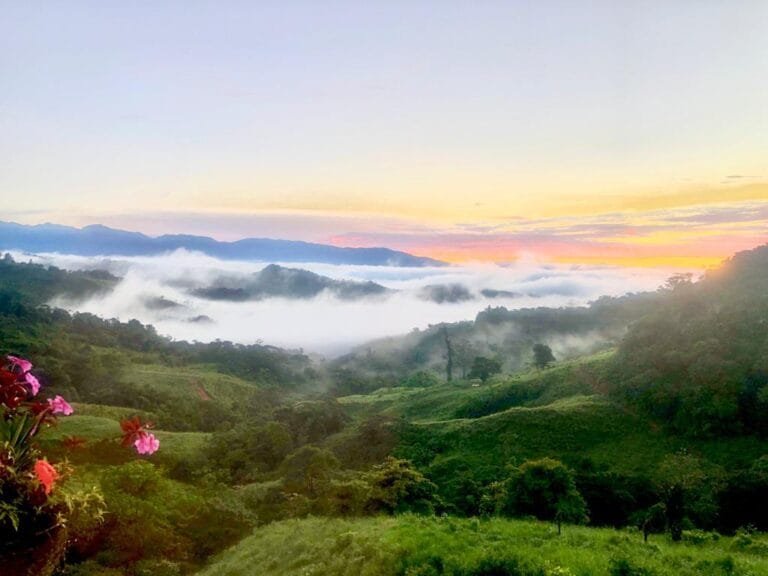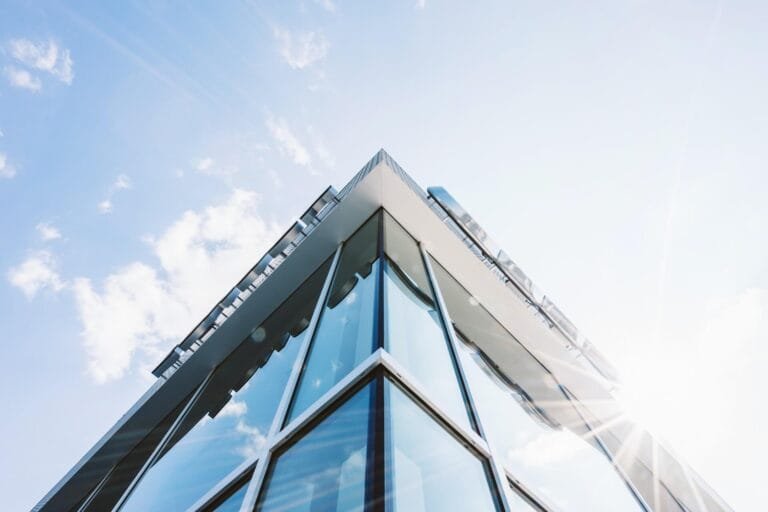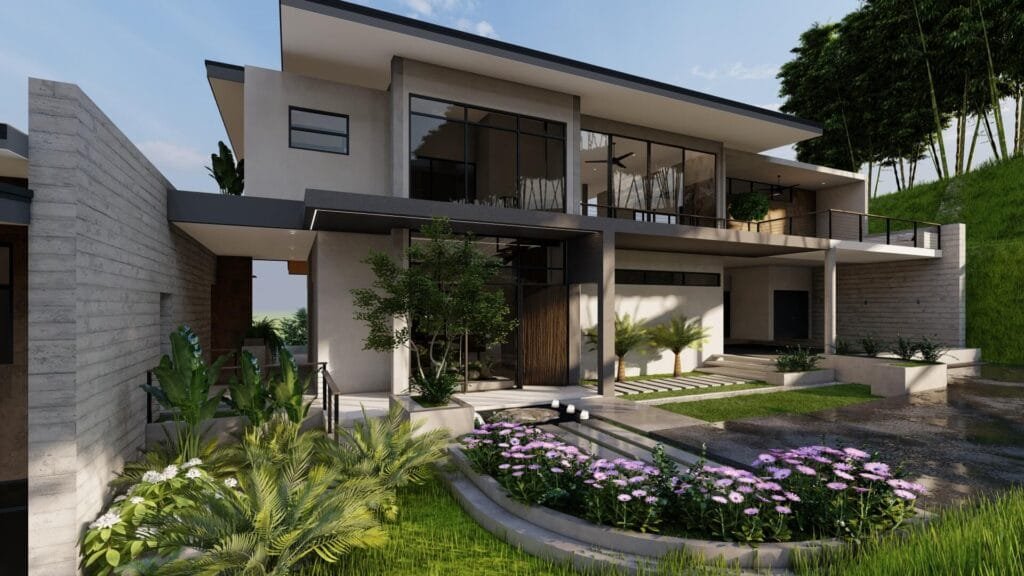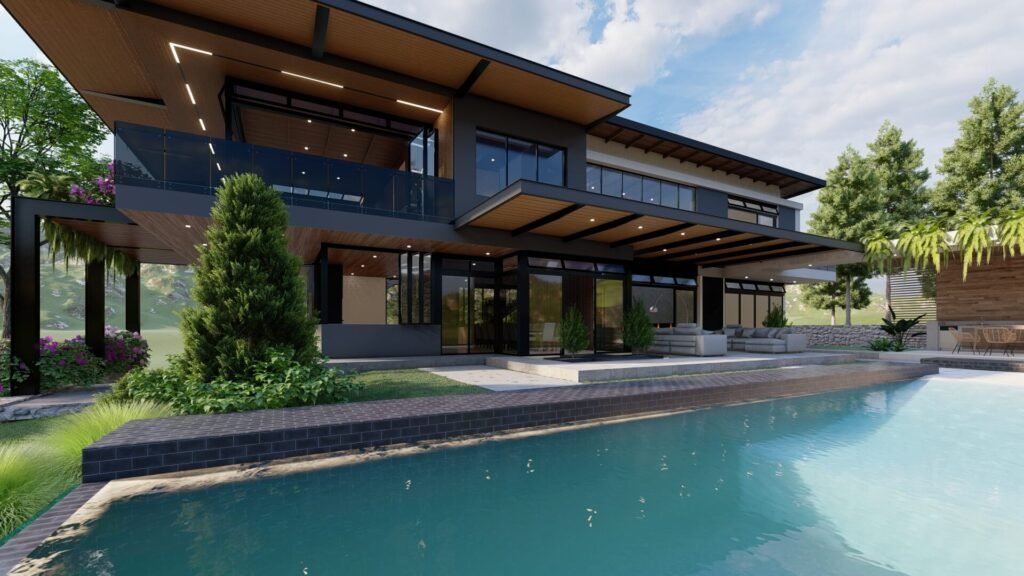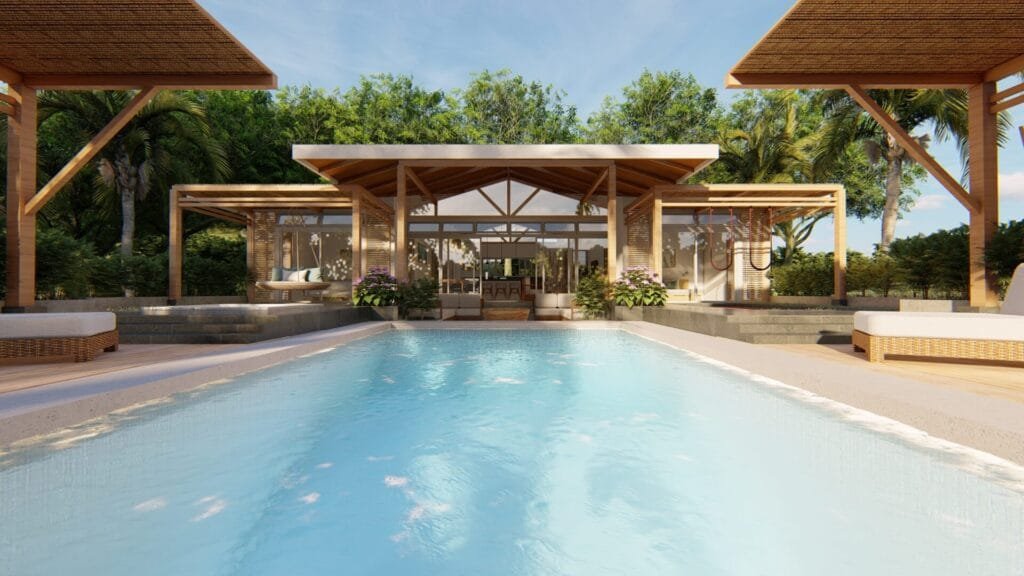Cover page » How to Choose a Location to Build a House in Costa Rica?
Costa Rica, with its stunning landscapes, rich biodiversity, and warm culture, is a popular destination for those looking to build their dream home. However, selecting the right location is a crucial decision that can significantly impact your overall living experience. In this guide, we will walk you through the key factors to consider when choosing a location for your new home in Costa Rica.
Building a House on the Coast of Costa Rica
When it comes to building on the coast, the ocean view and salty breeze add a special touch to your home. Here are some tips to make your coastal construction experience an exciting and rewarding adventure.
Design with the Environment in Mind:
Make the most of the natural beauty around you. Large windows, spacious terraces, and outdoor areas allow you to fully enjoy the marine landscape.
Environmentally Resistant Materials:
The coastal environment can be harsh on construction materials. Opt for options that are corrosion-resistant and can withstand exposure to saltwater.
Planning for Natural Disasters:
If you are in an area prone to hurricanes or other natural phenomena, consider building resilient measures and prepare an evacuation plan.
Permits and Regulations:
Coastal areas often have strict regulations. Make sure to obtain all necessary permits and comply with local regulations.
Ongoing Maintenance:
The salinity of the air can accelerate wear and tear. Schedule regular maintenance to protect your long-term investment.
Enjoy the Process:
Building on the coast is a unique experience. Embrace each stage, from planning to the moment you relax on your terrace overlooking the sea.
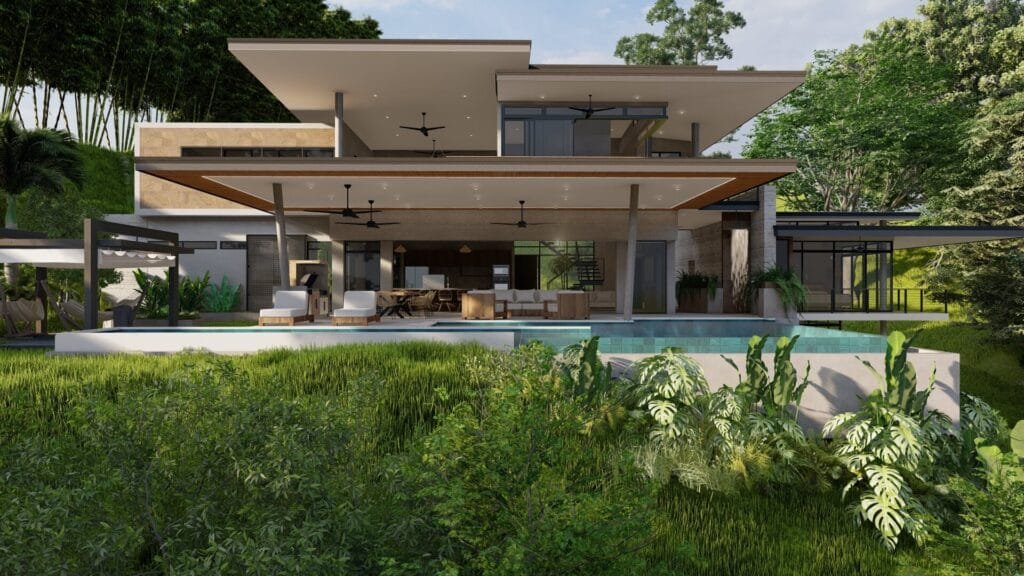
Building a Mountain House in Costa Rica
Building in a mountainous area offers a stunning natural setting and a peaceful environment. Here are some tips to ensure your mountain construction experience is a success.
Design that Embraces the Environment:
Make the most of panoramic views and the natural beauty offered by the mountains. Incorporate large windows and terraces to enjoy spectacular landscapes.
Robust Foundations:
Due to the irregular terrain, it is crucial to have a solid and well-founded base for your home. Consult with Arquitectos JH engineers specialized in mountain construction.
Insulation and Energy Efficiency:
Temperatures in the mountains can vary dramatically. Make sure to have good insulation and efficient heating options to keep the interior comfortable.
Consider the Topography:
The slope of the terrain can influence the layout and design of your home. Work with Arquitectos JH, as we have experience in constructions on mountainous terrains.
Preparation for Natural Disasters:
Mountainous areas can be prone to landslides and avalanches. Consult with local experts about the necessary safety measures.
Soil Study:
Perform a soil study to understand its composition and make informed decisions about the foundation and construction in general.
Respect for Flora and Fauna:
When building in a mountainous area, it is important to preserve the local flora and fauna. Work with environmental experts to minimize the impact on the ecosystem.
Accessibility and Communication Routes:
Make sure to have proper access routes and reliable communication, especially in remote mountainous areas.
Functional Interior Design:
Since spaces may be more limited compared to flat terrains, choose interior designs that optimize space and provide comfort. Learn how an interior designer works in Costa Rica here.
Appreciate the Serenity of the Mountain:
Enjoy the construction process in this unique natural environment. The mountain offers a quiet and relaxing living experience that will bring you years of happiness.
How to Determine if a Soil is Suitable for Construction?
To determine if a lot is suitable for construction, it is crucial to conduct a thorough assessment. Verify the legal documentation and permits, consult local zoning regulations, and conduct a soil study to ensure stability. Examine the terrain’s topography and check access to public services.
Consider possible environmental restrictions and study susceptibility to floods or natural disasters. If necessary, consult with construction experts and ensure you have the necessary financial resources. Communicating with local authorities is also key to obtaining additional information and complying with requirements.
Where Not to Build?
There are several locations where construction is not recommended due to various risk factors. Avoid areas prone to floods, landslides, high seismic risk zones, or near sources of environmental pollution. It is also important not to build on lands with legal restrictions or zoning that prohibit construction. Consulting with experts and reviewing site assessment reports is essential to avoid inappropriate locations.
Where Should I Build a House?
1. Define Your Priorities:
Before starting to explore possible locations, it is crucial to establish your priorities. Consider what is most important to you and your family. Are you looking for proximity to the beach, a bustling city center, or a peaceful mountain retreat? Understanding your preferences will help narrow down your options.
2. Climate and Weather Patterns:
Costa Rica is known for its diverse climate zones, each offering a unique experience. Coastal areas tend to have a tropical climate with warm temperatures year-round, while mountain regions may be cooler and more temperate. Research weather patterns in different regions to find the climate that aligns with your preferences.
3. Accessibility and Infrastructure:
Consider how accessible the location is. Is it close to main roads, airports, and essential services like hospitals, schools, and shopping centers? Adequate infrastructure ensures convenience and a higher quality of life.
4. Safety and Protection:
Safety should be a top priority when selecting a location. Research crime rates in the area and inquire about existing security measures. Additionally, consider factors like risks of natural disasters, such as floods or earthquakes.
5. Lifestyle and Amenities:
Think about the lifestyle you envision in your new home. Are you looking for a bustling urban environment with cultural amenities, or do you prefer a more relaxed, nature-centric lifestyle? Investigate the availability of amenities like restaurants, shops, recreational activities, and cultural attractions.
6. Environmental Considerations:
Costa Rica is known for its environmental consciousness. If ecology is important to you, look for locations with a commitment to sustainability, green spaces, and ecological practices.
7. Legal Regulations and Zoning:
Understanding local regulations and zoning laws is crucial when building a house in Costa Rica. Make sure the location you choose complies with all legal requirements and obtain the necessary permits.
8.0Future Development Plans:
Research upcoming development projects or infrastructure plans in the area. This can provide insights into potential growth and property value appreciation in the future.
9. Seek Local Insights:
Interact with locals, expatriates, and real estate experts in the area. They can provide valuable insights into the pros and cons of different locations, as well as possible hidden gems that may not be immediately obvious.
In conclusion, choosing the right location for your new home in Costa Rica requires careful consideration of your priorities, lifestyle preferences, and long-term goals. By conducting thorough research, seeking expert advice, and visiting potential locations in person, you can make an informed decision that aligns with your vision of the perfect retirement in Costa Rica.
Remember that each individual or family will have unique preferences, so take your time in this decision-making process. Costa Rica offers a wide range of locations, ensuring there is a perfect place for your dream home.
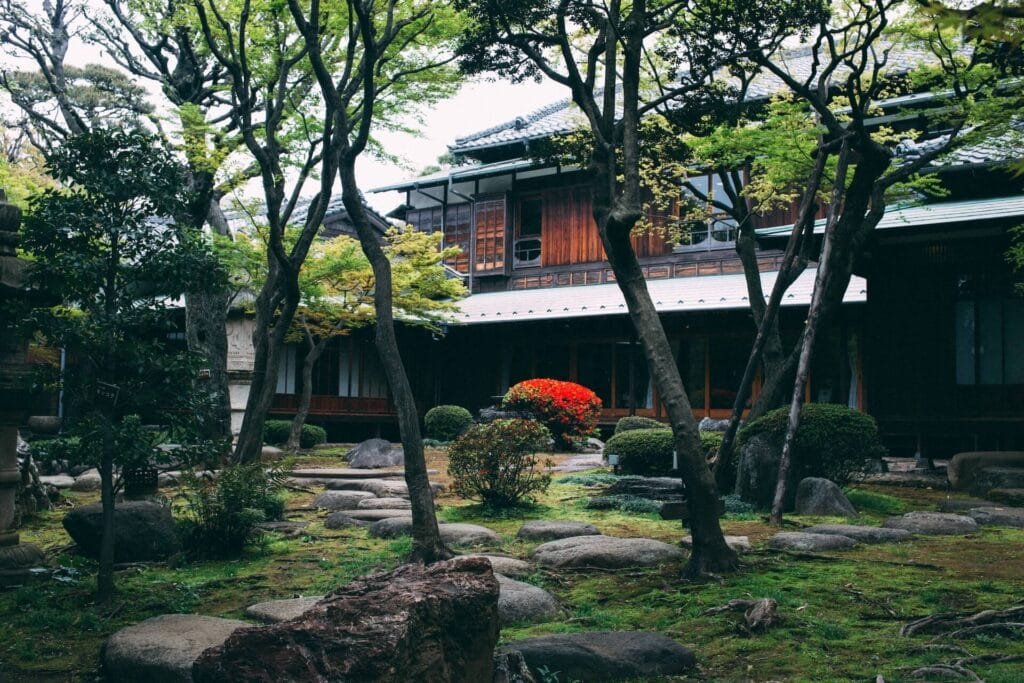
Frequently Asked Questions About Where to Build My House in Costa Rica
In Costa Rica, regulations regarding the minimum distance between your construction and your neighbor’s property vary depending on the municipality and the type of zone. In urban areas, a lateral margin of at least 1.5 meters is usually required, and in some zones, it may be greater. Additionally, vertical provisions need to be considered to preserve privacy and sunlight for neighbors.
Costa Rican regulations stipulate specific margins for house construction. These can vary depending on factors such as lot size and zone type. Generally, a front margin of at least 5 meters and lateral margins of 3 meters are required in urban areas. In rural or suburban areas, requirements may be different.
Avoid building in areas prone to landslides, floods, or any other dangerous geographic or climatic conditions. It is also important to respect areas protected by environmental regulations, such as natural reserves or conservation areas. Additionally, it is crucial to maintain adequate distances from bodies of water, property boundaries, and public roads to comply with regulations and ensure the safety and comfort of everyone involved.
To choose the ideal location, consider the climate, access to services, and proximity to urban centers or nature according to your preferences and lifestyle.
When building in a coastal area, it is crucial to assess vulnerability to natural phenomena such as storms and verify local construction regulations to ensure the safety of your home.
Yes, but keep in mind that specialized engineering is required to ensure the stability of the terrain and proper access, which is essential in mountainous areas.
Areas far from coasts, rivers, and steep slopes tend to have a lower risk of natural disasters, but it is always advisable to consult local experts.
It is crucial to research the zoning, permits, and specific restrictions of each municipality before starting any construction project.
To build in flood-prone areas, it is important to elevate the construction, use water-resistant materials, and consider implementing effective drainage systems.
Hire a geotechnical engineer to conduct soil tests and obtain specialized recommendations regarding the foundation and foundations of your construction.
Before building near protected areas or natural reserves, check environmental regulations and consult local authorities about the necessary permits.
Make sure to choose a location with reliable access to services such as electricity, water, sewage, and access roads, which is essential for a comfortable life.
It is recommended to consult with architects, engineers, and local authorities from the planning stage to ensure that your project complies with all local regulations and requirements.
Now tell us, do you want to be part of our large family of satisfied clients? If so, don’t wait any longer, contact us today.

